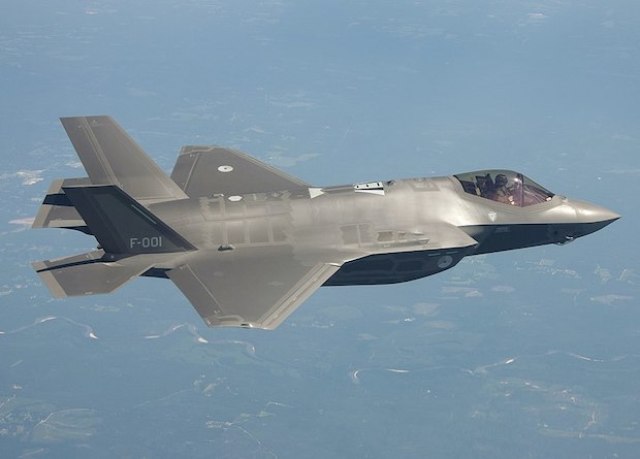The US military has replaced all the unclassified servers of the first-generation ALIS system, which collects and processes data on every flying F-35 fighter in the world, with basic sets of the ODIN integrated operational data network. As he writes Breaking Defense, they are 75 percent smaller and process information 50 percent faster.
The ALIS system collects data on all components, assemblies and systems of the F-35, analyzes and automatically compiles a list of spare parts that need to be sent to the owner of the fighter. It also generates a list of aircraft repair and maintenance works.
The military had a lot of problems with ALIS. For example, the data she collected automatically often turned out to be inaccurate or erroneous. Because of this, maintenance specialists had to manually keep records. Sometimes they did it in Excel spreadsheets. It not only took them a lot of time, but it was also unsafe.
In addition, ALIS has an interface that is difficult to navigate. And its bulky servers weigh almost a hundred kilograms each, while the mass of the entire system is approaching 408 kilograms. It was a problem for the military to find a place for her on the ships.
In 2020, the F-35 Joint Programs Office announced that it would replace ALIS with a new system called ODIN (Operational Data Integrated Network). The basic ODIN kit is 30 percent cheaper, 75 percent smaller and 90 percent lighter than the ALIS. In addition, the new system reduces information processing time by half.
In January, the department announced that all unclassified first-generation ALIS servers had been replaced with basic ODIN kits. Their software will remain from ALIS for the time being. In the future, the military hopes to replace it with a new one based on cloud technologies. The ODIN hardware, which includes two modules weighing approximately 45 kilograms each, was received by 12 F-35 squadrons in the USA and two more in the UK and Italy.
Earlier we wrote about the defects that the military found in the software of the F-35 version of Block 4. They relate to the processes of using weapons, communication, navigation, cybersecurity and target setting.
Vasilisa Chernyavtseva

